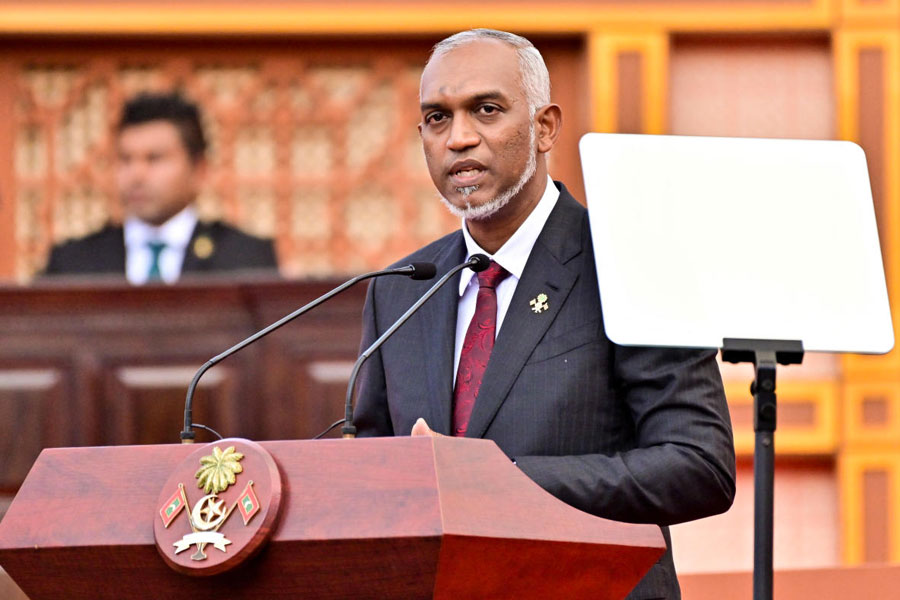At least 17,000 children in the Gaza Strip are unaccompanied or separated from their families, according to estimates by Unicef, the UN children’s fund.
Unicef has described Gaza as the “most dangerous place in the world to be a child”, saying that Israel’s war against Hamas has turned the enclave into “a graveyard for thousands of children”. Amid a deepening humanitarian crisis and warnings about the imminent risk of famine, Unicef has said that many children are malnourished and sick.
A spokesperson for the agency, Jonathan Crickx, said Friday that the number of unaccompanied children — “each one a heartbreaking story of loss and grief” — was an estimate since the current security and humanitarian conditions made it nearly impossible to fully verify.
“Behind each of these statistics is a child who is coming to terms with this horrible new reality,” he added in a statement following a trip to Gaza.
In a conflict, members of an extended family often take in children who have been separated from their parents, including those who have been orphaned, he noted. But shortages of food, water and shelter in Gaza have made it so that the extended families of unaccompanied children are often “struggling to cater for their own children” and unable to care for another, he added.
Children account for about 40 per cent of the 27,000 Palestinians killed in Gaza since October 7, according to authorities in Gaza and international organisations.
Given the scale of Israeli bombardment in Gaza, some parents have spread their children out, splitting them up and sending them to relatives in different parts of the Gaza Strip to try to increase their odds of survival. Others have taken to scrawling names directly onto their children’s skin, in case they are lost, orphaned, or killed and need to be identified.
Gaza’s hospitals have treated so many wounded children arriving alone for treatment after Israeli airstrikes that medical workers earlier in the war coined a new abbreviation, WCNSF: “Wounded Child, No Surviving Family.”
Crickx said the war had also severely affected the mental health of children in Gaza. Before October 7, Unicef estimated that more than 500,000 children there needed help with their mental and emotional well-being. Now, Crickx said, nearly all of the estimated 1.2 million children in Gaza need it.
Children were showing symptoms of “extremely high levels of persistent anxiety”, he said, adding that many can’t sleep and “have emotional outbursts or panic every time they hear the bombings”.
Blinken first stop
US secretary of state Antony Blinken arrived in Saudi Arabia on Monday, his first stop in West Asia tour as Washington tries to advance negotiations on a normalisation deal between the kingdom and Israel, and make progress on talks for postwar Gaza governance.
The top US diplomat’s fifth trip to the region since Hamas’ deadly October 7 attack comes at a perilous moment and amid retaliatory US strikes on Iran-backed militia across Syria, Iraq and Yemen in response to a drone strike last week in Jordan that killed three American troops and wounded dozens.
Blinken is also set to visit Egypt, Qatar and Israel this week and push to advance the Egyptian- and Qatari-mediated conversations with Hamas to achieve a hostage deal.
New York Times News Service and Reuters










